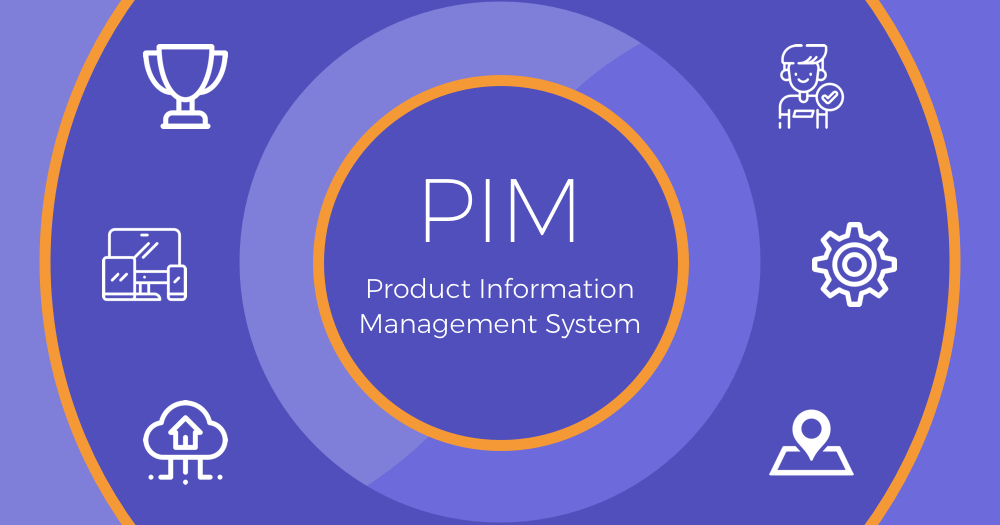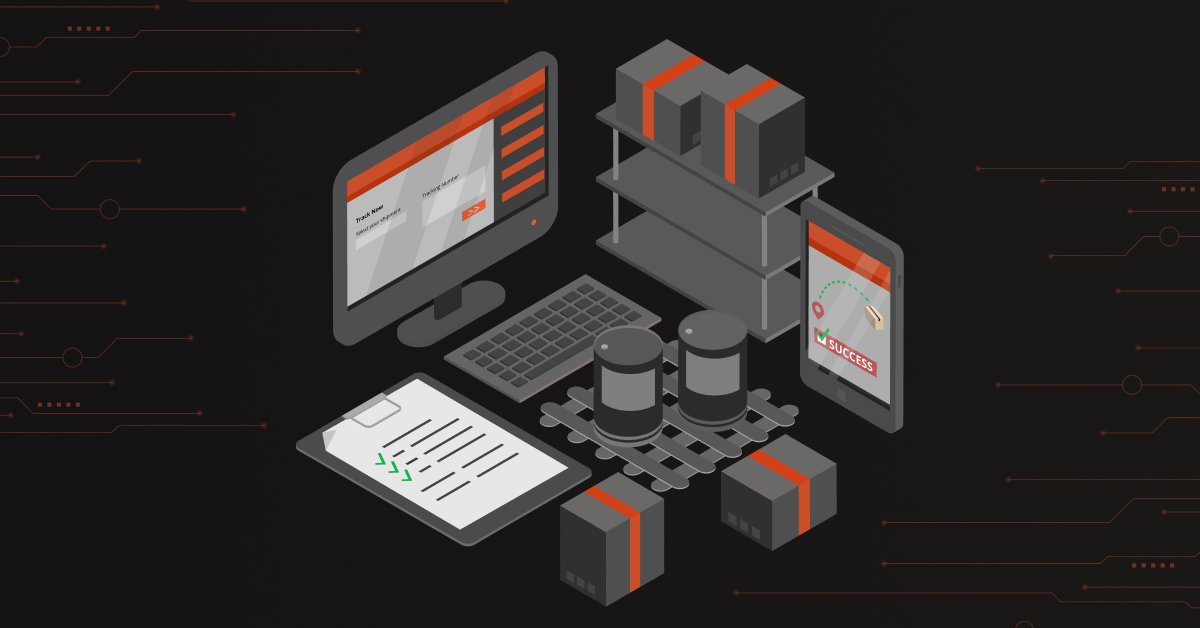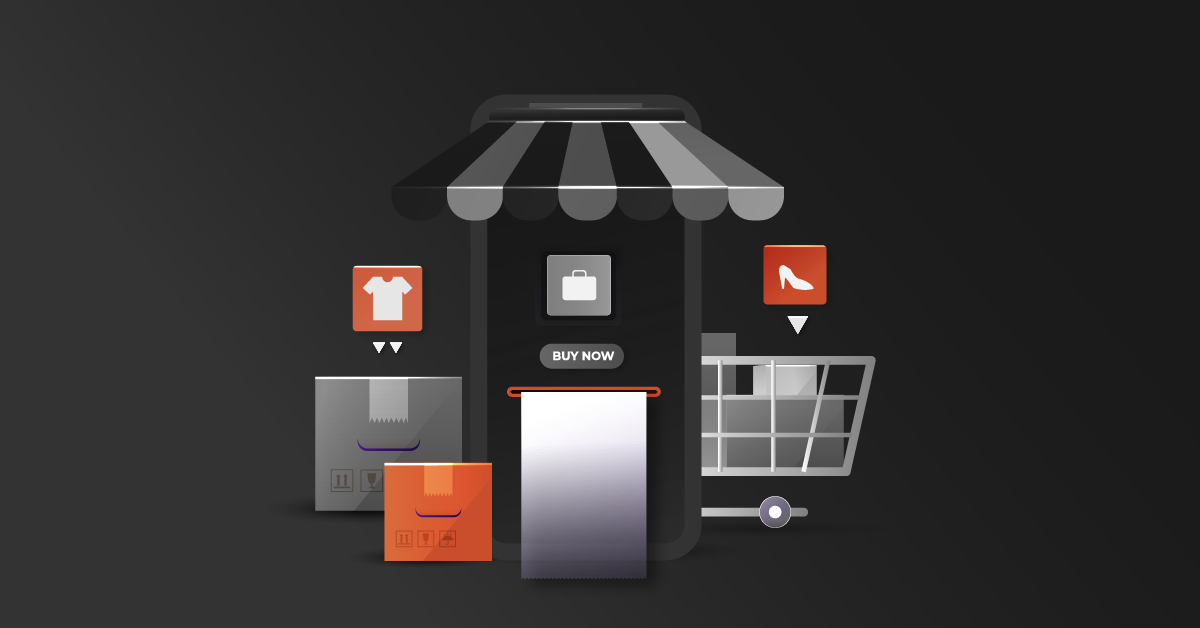Keeping track of product data can be simple in the beginning. But as your company expands, it becomes complicated to manage due to the significant number of SKUs, product catalogs, and features.
Improper maintenance of product data leads to drop in sales, feels like an undone eCommerce site, reduces overall team productivity, and so on. These challenges are just the tip of the iceberg. But the advent of technology has brought in many possibilities and software to manage eCommerce enterprises of any size.
Contents
What is Product Information Management (PIM)?
PIM stands for Product Information Management, a software solution that helps retailers manage products via a centralized storage system. The number of contributing retail teams, and the varying detail they require surrounding the product, call for a single system capable of unifying product information in one accurate, real-time view.
With PIM, content distribution can be done in a hassle-free way, as anyone, anywhere within the company, can access and utilize the product data. This can be achieved quickly, as all the information is stored in a single repository.
Big or small, a startup or a large enterprise, it is essential for every company to have a PIM in place to govern the data and deliver excellent customer experiences.
 Essential Features in Product Information Management
Essential Features in Product Information Management
Let us take a look at the essential features which every PIM should have.
- Compatibility
- Configuration & Customization
- Computerization (Automated)
- Quality Control
- Localization
- User Friendly
Compatibility
A robust PIM must integrate with any platform with ease. (eCommerce platforms/Enterprise Resource Planning Systems/Point Of Sales, Catalog, and more).
Having a user-friendly (that needs no developer assistance) syncing of data between PIM and the platforms mentioned above ensure efficient flow of data.
Configuration & Customization
Every business is different, and they deal with a diverse set of products whose features and attributes vary on category, price, features, specs, and more.
In these cases, PIM becomes handy as it lets the user create multiple levels of categories on each of the products. There is also an option to create and customize specific fields (like price, color, size, etc.) for a more in-depth understanding.
Computerization (Automated)
All this while, we have been talking about how to manage data. But, who should do this? The choice rests on us, whether we choose an automatic or a manual approach.
When there is a vast amount of data to be entered, the manual entry of the products would be a tedious and time consuming process. In such a situation, the best method is to automate data entry through the Bulk Import option. Once the data is imported, it can be verified manually through random verification process.
 Quality Control
Quality Control
A good PIM must maintain data quality to ensure optimal results. PIM must check the various types of validation for every attribute, and doing this can help in guaranteeing all the data fed in is genuine, complete, and accurate.
Also, PIM has sub-features like role-based management, which is crucial for quality assurance as multiple users would be entering different types of data (e.g., images, price, features, and more) into the system.
Localization
75% of buyers prefer to buy products in their native language, and 86% of localized marketing campaigns are run in local languages.
Since companies are located in various places, all PIM systems should have a multi-language feature in place to let localization happen, which in turn acts as a bridge to increase site traffic. It is an added advantage to have an admin section which supports automatic language translation for product information.
User Friendly
No matter how many world-class features you integrate with, unless it is user-friendly, it would be a tough nut to crack for the users. The role of the UI is to simplify and enhance things and make them usable by everyone, which every PIM should have.
An easy to access admin panel plays a critical role in managing product information, such as attributes, data, specs, activity log, navigation, and more. Henceforth, it is necessary for the UI to be seamless and straightforward.
Maintaining product information is not a complication when you have a powerful PIM in place to do the tasks for your company. Now that you know the must-haves in a PIM, check out DCKAP PIM – the best in class PIM for eCommerce enterprises which stocks all the features mentioned above and many more.




